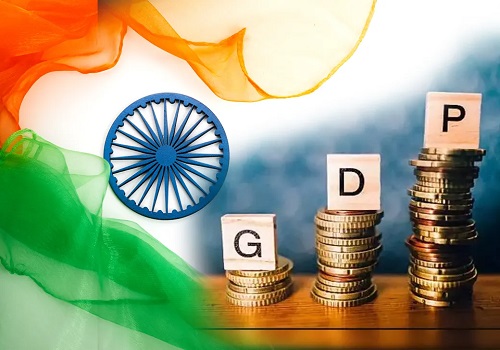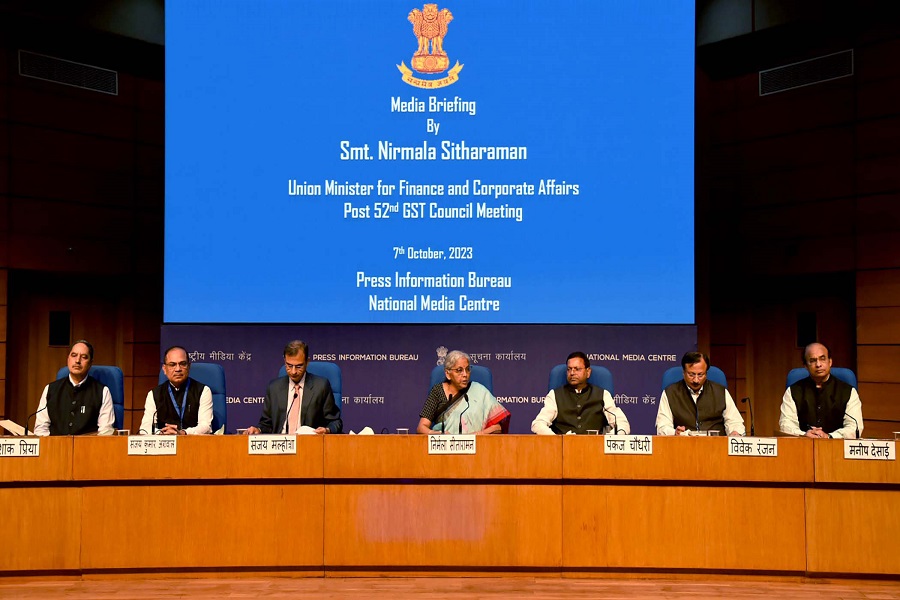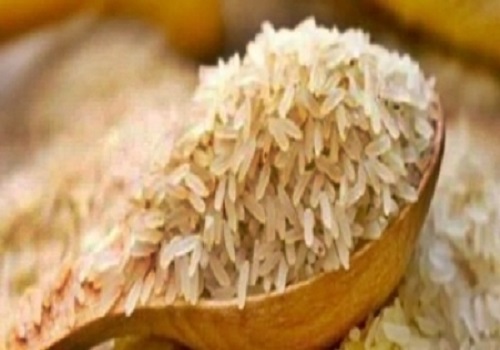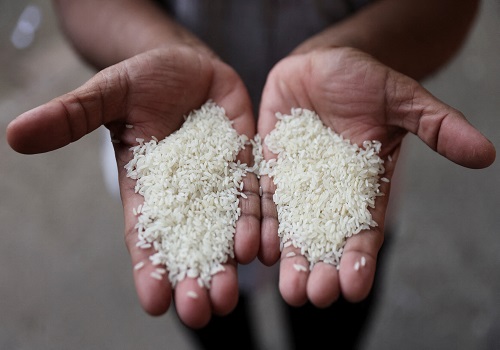India`s Diamond Industry Faces Turmoil Amid Weak Chinese Demand : Urgent Government Support Needed by Amit Gupta, Kedia Advisory

India's diamond exports are plummeting due to reduced demand from China, a key market, exacerbated by China's slow economic recovery and shifting consumer preferences. The Gem and Jewellery Export Promotion Council (GJEPC) has called for government concessions, including tax waivers and enhanced trade opportunities in Special Notified Zones, to stabilize the industry. The decline in exports and reduced rough diamond imports are putting immense pressure on India's diamond polishing sector.
Highlights
Weak Demand from China: India's cut and polished diamond exports are struggling due to weak demand from China, which is a major market, significantly affecting the industry’s performance and requiring urgent government support.
India’s Dominance in Diamond Polishing: India is the world’s largest center for cutting and polishing diamonds, processing nine out of ten diamonds globally, which underscores the critical impact of declining exports on the industry.
Impact of China's Slow Recovery: The slow economic recovery in China post-COVID-19 has led to a consistent decline in diamond demand, causing a significant drop in India's diamond exports to this key market.
Shifting Consumer Preferences: Chinese consumers are increasingly preferring gold jewelry over diamonds, alongside a decline in the number of weddings, further contributing to the reduction in diamond demand from China.
Significant Decline in Exports: India's cut and polished diamond exports dropped nearly 15% in the June quarter compared to the previous year, following a substantial 27.5% decline in the 2023/24 marketing year.
Industry's Call for Government Support: The Gem and Jewellery Export Promotion Council (GJEPC) has requested government concessions in the current budget to help the diamond industry navigate through the challenging economic conditions.
Proposal for Special Notified Zones: The GJEPC has proposed allowing the sale of rough diamonds in Special Notified Zones (SNZs) and permitting globally recognized diamond trading houses like Bonas and I Hennig to operate in these zones.
Tax Waivers for Rough Diamond Purchases: Unlike diamond trading hubs like Belgium and Dubai, Indian bidders are unable to purchase rough diamonds from SNZs due to the absence of a tax waiver, impacting their competitiveness.
Reduction in Rough Diamond Imports: Indian diamond units have reduced their imports of rough diamonds due to weak demand for polished diamonds and reduced margins caused by declining polished diamond prices.
Employment and Economic Impact: The gems and jewelry industry in India employs over 4.3 million people and accounts for more than 10% of the country’s goods exports, highlighting the broader economic implications of the current downturn.
Conclusion
The decline in India's diamond exports due to weak Chinese demand highlights the vulnerability of the industry to global market fluctuations. With China accounting for a significant portion of these exports, the industry's struggle underscores the need for strategic government intervention. Proposals for tax waivers and operational enhancements in Special Notified Zones could provide the necessary relief. Ensuring the stability of this sector is crucial, given its substantial contribution to employment and exports in India. Prompt and effective measures are essential to help the diamond industry weather this challenging period and regain its competitive edge globally.
Above views are of the author and not of the website kindly read disclaimer








.jpg)

Tag News

Quote on Rupee Breaches Rs.90: Key Market Implications by Rahul Gupta, Chief Business Office...


.jpg)










